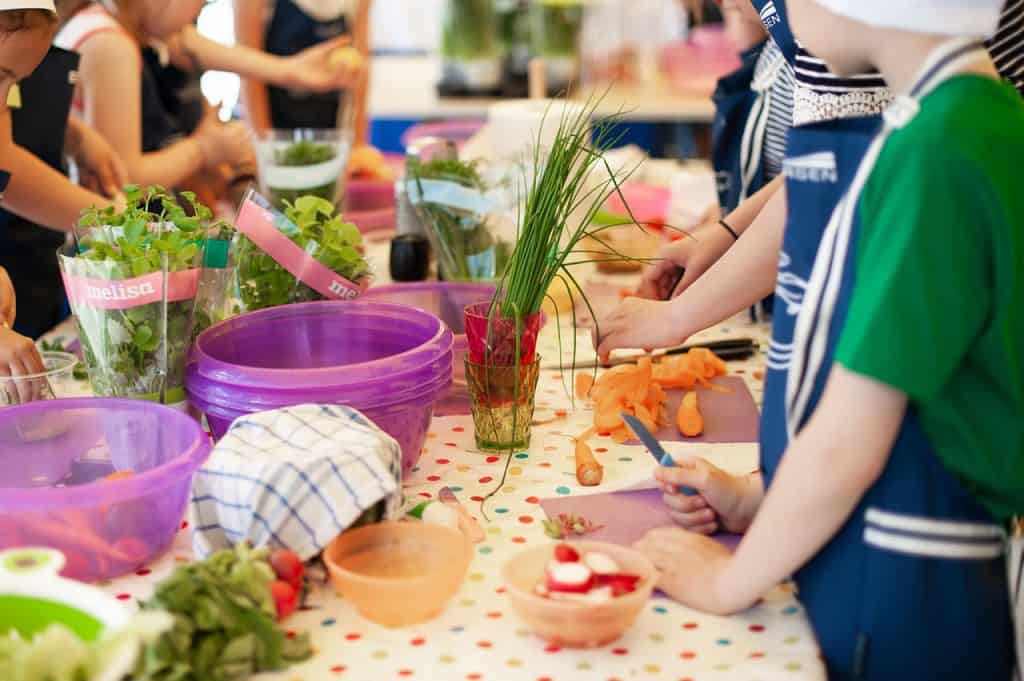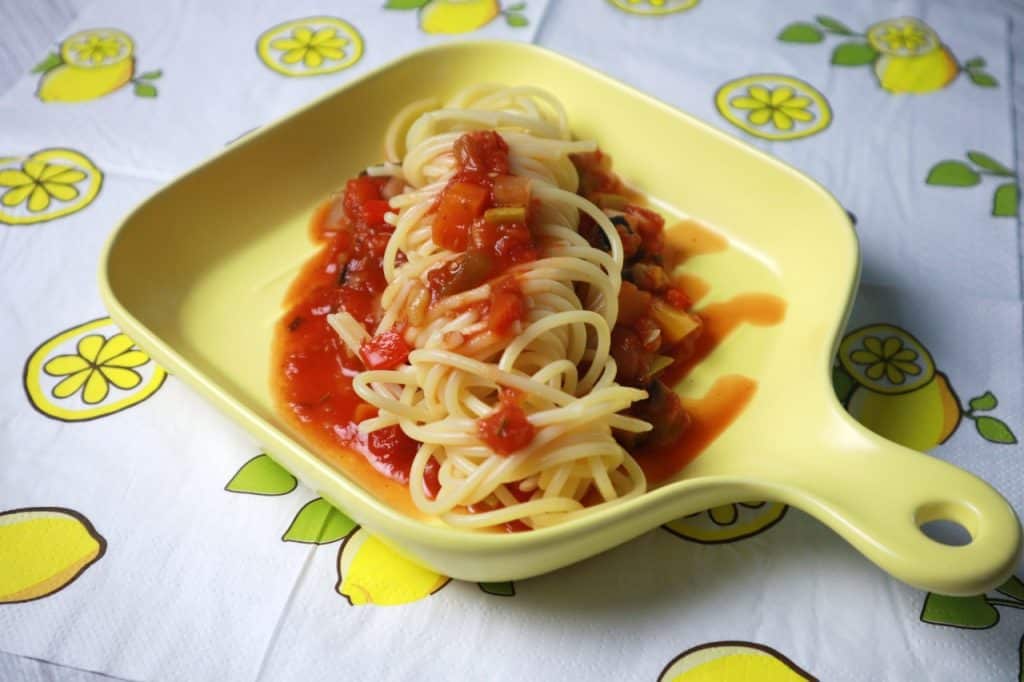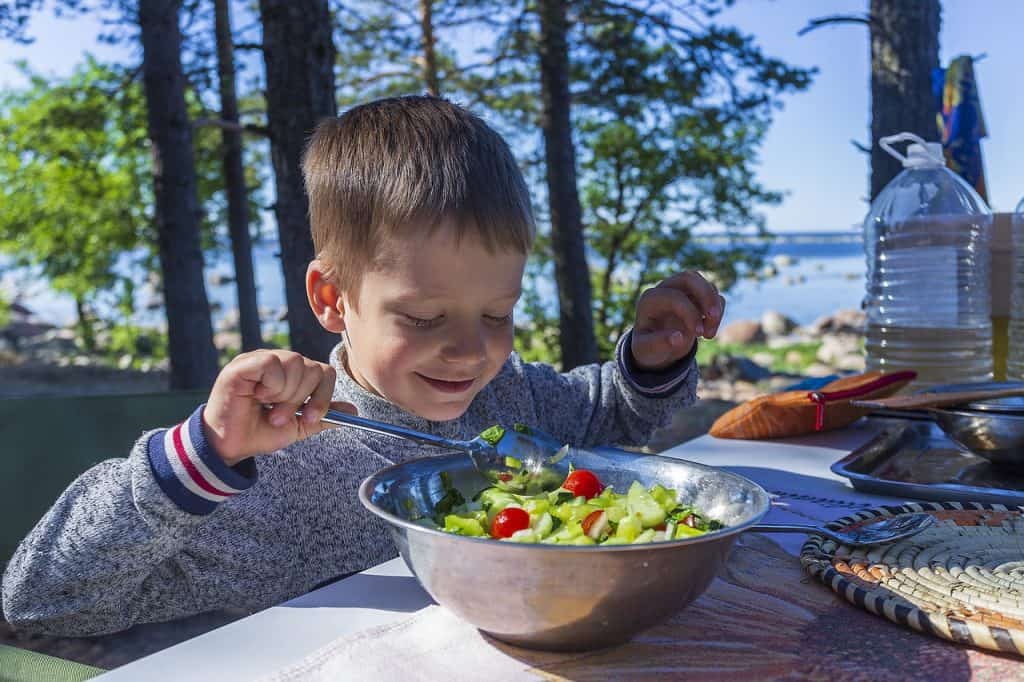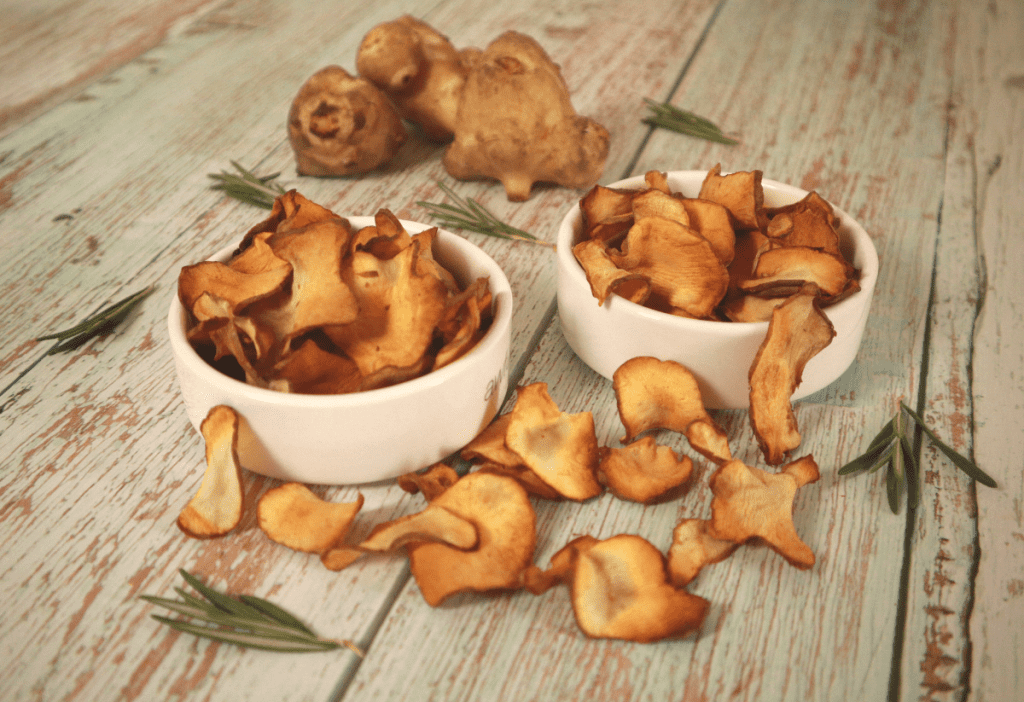How To Get Kids to Eat More Vegetables

Moms or dads, or the chef in the kitchen can be the sneakiest of people! They will try numerous ways to get their kids to have healthy wholesome meals ensuring they get the nutrition they need through vegetables supplying vitamins and minerals, meat, eggs, legumes for protein, dairy for calcium and of course, adequate carbohydrates for the unending energy that kids have and need!
However, we can all agree that it isn’t easy to get kids to eat more vegetables. Here are some tips and tricks to help you jump over these hurdles.
Blend it up!
Often, what can’t be immediately seen won’t be rejected! Sneak vegetables into smoothies or cool smoothie bowls in the summer. A-colour-a day smoothie can allow additions of various vegetables.
For example, declare an orange smoothie day and blend carrots with oranges and citrus fruits. For a purple smoothie day, blueberries and baby spinach make a great combination as would a pink smoothie composed of strawberries, raspberries and kale. There are plenty of options.
The fun part about blending it up is using a fruit and veg juicer. Some kids will love joining in and helping to make the drink. Plus they won’t be able to wait to taste it.
Camouflage the veggies
Pizza and pasta are eternally popular with kids of all ages. Migrate from a basic tomato sauce to one that has ‘hidden’ vegetables. The easiest way is to throw in handfuls of mushrooms, carrots, aubergine (eggplant), along with the tomatoes into a blender and puree it all. Cook them with a little olive oil, garlic, finely diced onions, basil, et voilà, the result is a tasty wholesome pasta or pizza sauce. Remember, the choice of vegetables and quantity in the blender is important so that the ‘colour’ of red pasta sauce doesn’t change. Appearances matter!

It’s all about texture
Kids have preferences for certain textures and whereas one may like foods that are crisp, another may like softer foods. A child who likes crunchy foods may prefer crisp roasted veggies to a vegetable puree and vice versa. It’s all about the palate, which is not as refined or adjusted as that of adults. Figure out the texture-preferences of your kids and then prepare food accordingly.
Introducing new foods
It’s always difficult to introduce something new to the table, especially if the child is a fussy eater, or sceptical of unfamiliar items and flavours. Familiarity is ‘comfort’ for kids. A few thoughts to keep in mind while introducing a new food item.
- Palate of your child. Likes or dislikes for sour, sweet, bland or spicy foods?
- Preferred textures. Crispy? Raw? Chunky? Mashed?
- Consider a tiny portion instead of serving a bowlful of something new to eat which may not be well received. Serve a small portion so your child will at least experience the new food item. Continue to serve this daily or weekly while slowly increasing the portion in an almost invisible way that the child doesn’t realise what’s happening! (Sneaky, aren’t we?)
- One-a-week. Introduce one new item every week, or bi-weekly. Increase or decrease the frequency based on their reactions.
- Letting kids help to cook will make it easier to persuade them to taste new foods.
Creativity and colour attract
Would we like to eat green gunk in a bowl unless we knew exactly what it was? In the same way, kids need persuading to try different foods. Attractive stuff looks more appealing!

Trim and cut salad and vegetables in creative ways. Involve the kids and let them create their own ‘mosaic’ with salad components. Couple it with small bowls of different salad dressings for a ‘dip-dip’ game. Throw in awards for the most colourful and creative plate – and a bonus when the plate is all eaten up!
Swap it out

Are fries always potatoes? Usually this is what kids will expect. However, alternatives like sweet potato and zucchini fries, or vegetable chips can be introduced. Initially it’s not advisable to swap the potato fries completely, but having a few of the ‘other fries’ for variety will make the combination more appealing.
Mixology
Meat with hidden veggies? That’s doable! Ride on the flavour of meat and hide the veggies. Grated carrots and zucchini in meatballs, burger patties, or shepherd’s pie!
Carbs with hidden veggies? Yes, Yes, Yes! ‘Cauliflower rice’ mixed into white rice for the nutrient kick! Mash, fried rice, pilaf, or home-baked bread can all be pimped with finely diced or shredded veggies without adding outspoken flavours or colours.
Veggies for breakfast
Usual breakfast food is often carbs and proteins, but where do the veggies fit in? Veggies for brekkie? Unusual for some but certainly do-able now and again. Skip the eggs and toast for a weekend special of zucchini pancakes with maple syrup, raspberries and chocolate chips. A school day breakfast can also be fun with quick on-the-go savoury muffins with diced or grated veggies.
Snack time with Bento Boxes
Whether it’s a school snack box or afternoon teatime at home, variety is always welcome. Putting together a mini bento box is as exciting as consuming it. Tiny portions of different food items, sweet and savoury, give opportunities to add in mini tomatoes, baby carrot slices, cucumber rings, vegetable cutlets, or mini coleslaw sandwiches. Hummus is usually a good choice to start.
Desserts à-la-veggies
Smaller kids will not be able to decode this! Chocolate mousse made with avocado, carrot cake, or zucchini brownies, ensure that the veggies blend well into the mix. Nicely decorated portions also lure and distract!
The tips and tricks can go on and on! A bit of trial and error is required to figure out what alternatives and combinations work for your family. Keep it fun and light, without it becoming a battle.